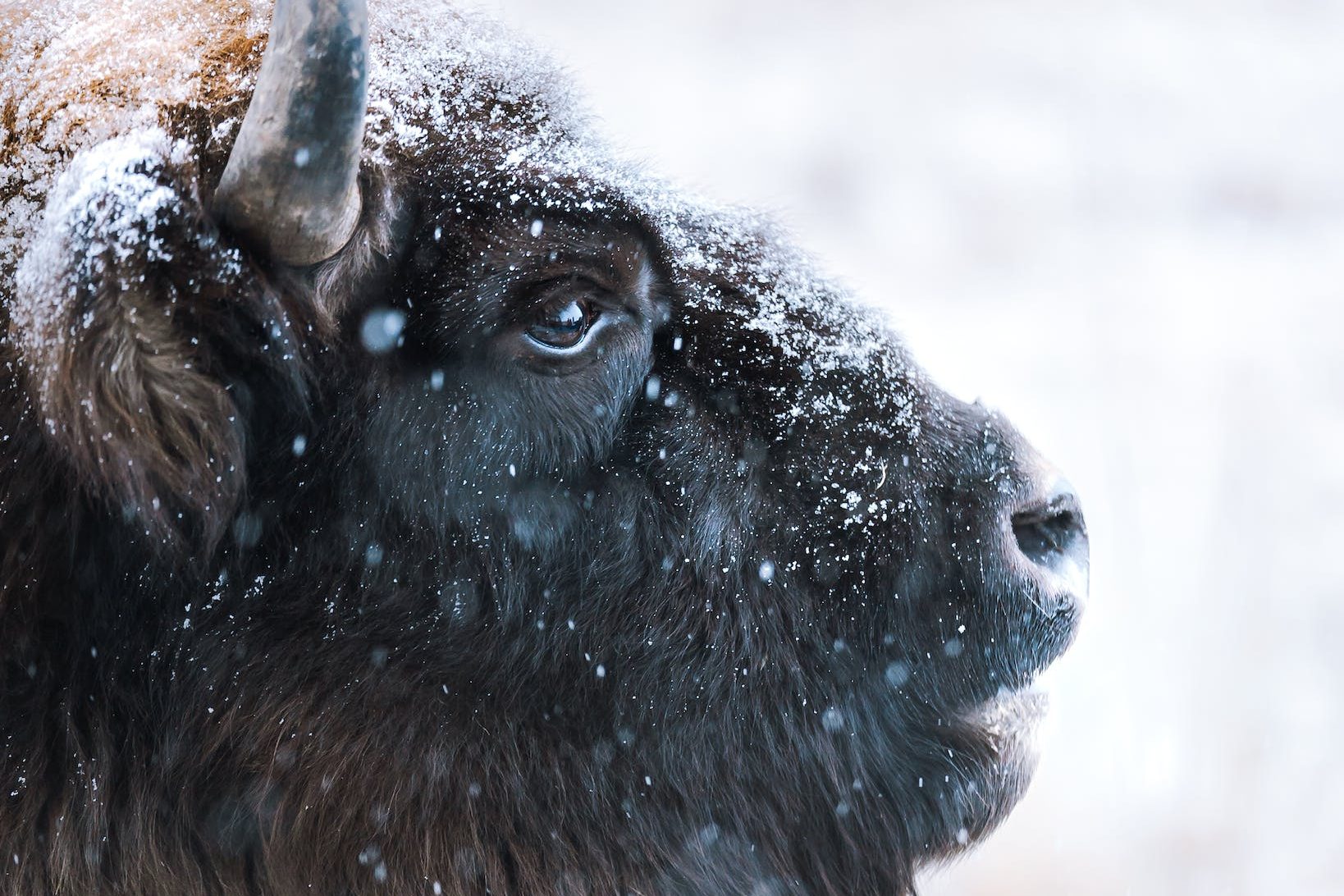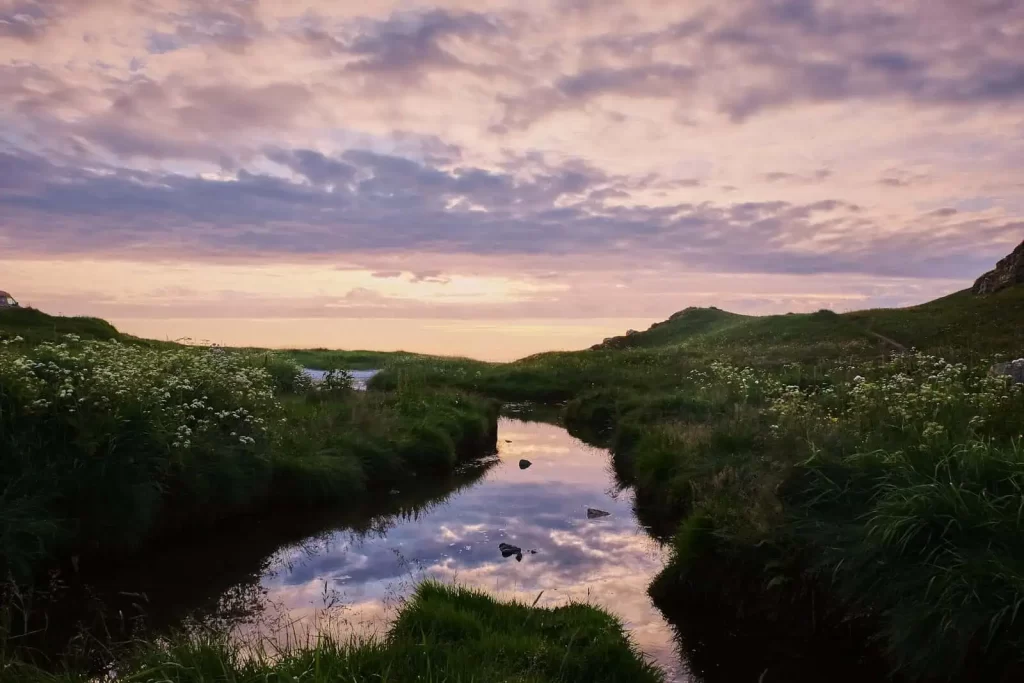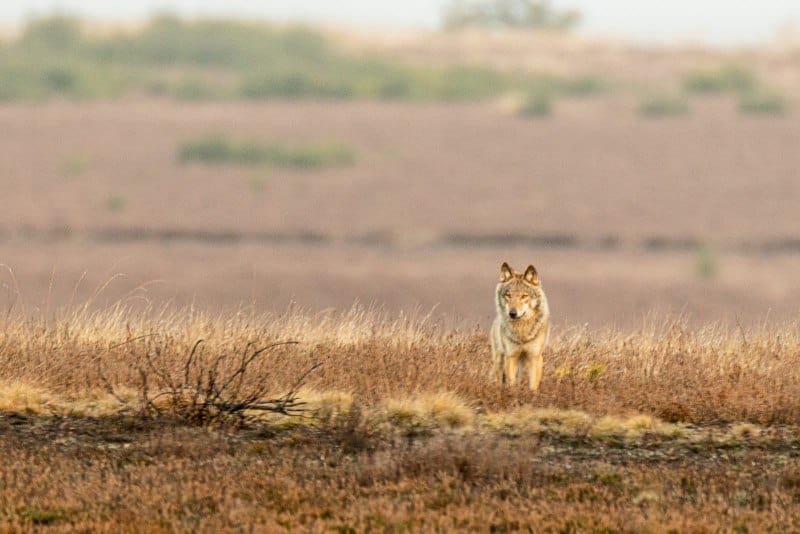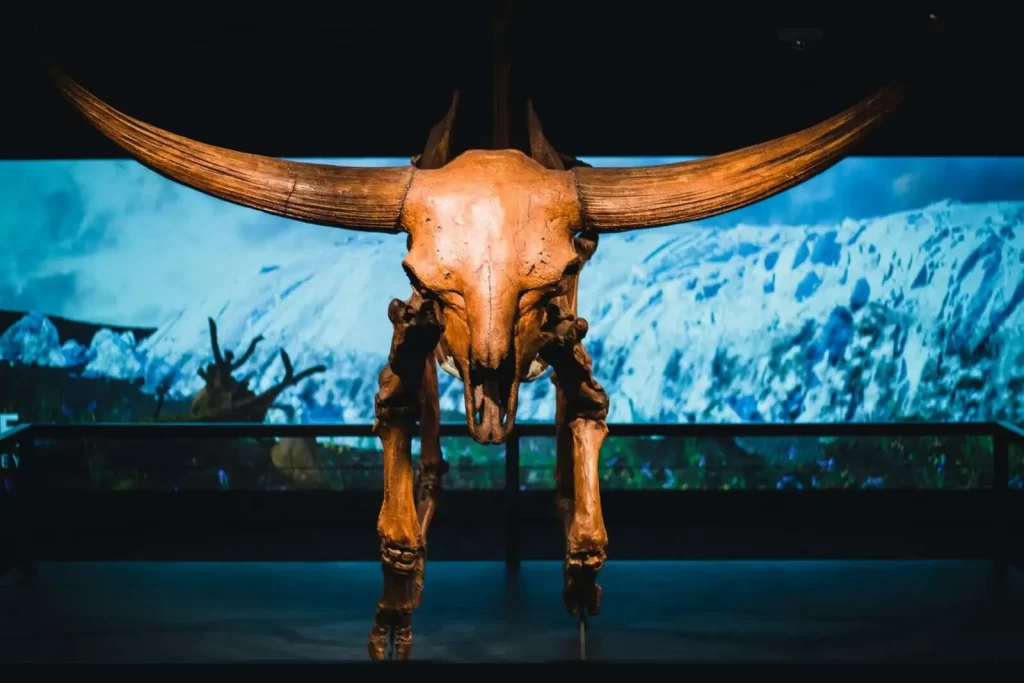Share:
Rising Traffic Mortality Threatens European Bison Populations

In the realm of wildlife conservation, the European bison stands as a symbol of resilience and ressurection. Brought back from the brink of extinction, these large grazers have been making a remarkable recovery in Europe. Following that species restoration success, however, a new threat has emerged that endangers both these iconic animals and the people who share their territory. This threat comes in the form of traffic-related mortality, and a recent article in Global Ecology and Conservation delves into the extent and implications of this challenge.
The Road to Peril
In the Anthropocene era, a time characterized by unprecedented human influence on the environment, the landscape has been rapidly transformed by the expansion of road and railway networks. This expansion has led to the fragmentation of natural habitats, and such disruptions have profound consequences for wildlife movement. For species with small and isolated populations, these linear infrastructures are becoming increasingly hazardous.
A Perilous Crossroads
The collision of vehicles with wildlife not only imperils animals but also poses risks to human safety. This is especially true when the large and robust European bison are involved. These accidents result in economic losses due to damage to vehicles and trains, as well as traffic congestion and train delays.
Moreover, these conflicts have economic or other repercussions, with vehicle collisions leading to injuries and loss of human lives. Understanding the patterns and trends of traffic-related mortality on roads and railways is therefore a critical concern for wildlife management and conservation.
A Continent Divided by Roads and Rails
Europe finds itself at the epicenter of this challenge. The continent is crisscrossed by an extensive network of roads and railways, with traffic volumes on the rise. Coinciding with these developments, wildlife populations are making a come back, expanding their ranges into landscapes where they have not been seen for decades.
The Predicament of European Bison
European bison, scientifically known as Bison bonasus, currently find themselves confined to small, isolated populations throughout Europe. Their population numbers plummeted dangerously in the past, but determined conservation efforts have seen their numbers recover significantly. Now, over 7200 wild European bison roam in about 50 populations across their ancestral territory.
Some of these populations have thrived and expanded their ranges, particularly in parts of Poland, the epicenter of the European bison’s recovery. As these populations grow, so do the challenges they face. In their quest for suitable habitats, these mighty creatures increasingly find themselves navigating roads and railways.
The Road Less Traveled: Understanding the Threat
Until recently, the road ecology of European bison remained a poorly understood facet of their conservation. Previous concerns had primarily focused on linear infrastructures as barriers to their natural dispersal. These infrastructures pose a significant challenge even when they are local roads, as European bison tend to avoid habitats near roads.
Critically, despite these potential challenges, no previous study had systematically assessed the trends in European bison mortality on roads and railways. In response, a comprehensive study sought to fill this knowledge gap. The study aimed to analyze patterns and trends in European bison mortality on roads and railways, focusing on five free-ranging populations in Poland.
Dissecting the Study
Poland hosts eight European bison populations, five of which exceed 100 individuals. These populations exhibit variations in their characteristics, ranging from lowland to mountainous areas, sparse and densely populated regions, and diverse land uses. Despite these distinctions, they all face the common threat of traffic-related mortality.
The study drew upon data from multiple sources, collecting information on European bison mortality due to road and railway accidents between 2010 and 2021. Data were obtained from the European bison tissue database at Warsaw University of Life Sciences and inquiries to various state institutions involved in wildlife conservation.
The researchers standardized the data from these sources to obtain information on the time and location of each mortality event, along with the age and sex of the animals involved. Notably, the study excluded non-fatal vehicle collisions with European bison due to the lack of comprehensive data.
A Sobering Reality
The study unveiled a distressing reality: a total of 70 cases of European bison mortality on roads and railways were recorded in Poland between 2010 and 2021. However, these accidents were not distributed uniformly across populations. Instead, they were concentrated in three specific regions: Białowieska Forest, Knyszyńska Forest, and Zachodniopomorskie. Astonishingly, the majority (73.2%) of these cases occurred in the Zachodniopomorskie population. Notably, there was not a single recorded case of traffic-related mortality in the other two larger free-ranging populations during this period.
The Impact of Fatal Crossings
Fatalities on roads significantly outpaced those on railways, with a lone exception in the Białowieska Forest region. The analysis of sex and age demographics revealed a notable trend: adult European bison were most susceptible to accidents. Calves accounted for 12.2% of mortality cases, juveniles represented 24.4%, and adult animals made up a significant 63.4%.
The data further demonstrated that these accidents occurred in all seasons, with a noteworthy drop in the summer. Spring saw 26.8% of the accidents, summer only 16.1%, autumn tallied 32.1%, and winter rounded out at 28.6%.
A Disturbing Upward Trend
Perhaps the most alarming discovery was the increasing trend in traffic-related fatalities among European bison. This upward trajectory was particularly pronounced in the years 2020 and 2021, which saw a two-fold increase compared to 2019. What is most concerning is that this trend was not limited to one region but observed across all three areas, with Zachodniopomorskie in western Poland experiencing the most significant spike.
Remarkably, regression modeling confirmed that the number of fatalities was undeniably linked to the growing size of the European bison population in Poland. The correlation was both clear and statistically significant.
The Enigma of Zachodniopomorskie
Intriguingly, the case of Zachodniopomorskie stands out. The population size of European bison in this region is approximately half that of the populations in Białowieska Forest. The home range in Zachodniopomorskie is double the size of that in Białowieska Forest and similar to that in the Bieszczady Mountains. Despite these similarities, traffic mortality was nearly six times higher in Zachodniopomorskie than in Białowieska Forest, with no recorded fatalities in the Bieszczady Mountains. This disparity underscores the critical influence of high-traffic roads within or near European bison home ranges.
An Emerging Conservation Challenge
The European bison, once teetering on the edge of extinction, is experiencing a renaissance. These animals, through a combination of captive breeding and reintroduction, have achieved substantial population growth in several regions, including Poland. While overall mortality due to traffic accidents remains relatively low, this phenomenon may be locally significant.
For instance, traffic fatalities on roads accounted for up to 3.3% of the Zachodniopomorskie population in 2020, a notable percentage considering the already existing natural mortality. This situation does not seem to be hampering the continued growth of the population, largely due to the supplementation of individuals from other populations. However, this underscores the critical need for population-specific management in areas where European bison populations encounter high traffic volumes.
The Way Forward
The findings of this study carry profound implications for both European bison conservation and road ecology. While traffic-related mortality had been a minor concern, the study reveals its potential significance at the local level. As European bison populations continue to rise, so does the risk to these majestic creatures, as well as to human safety.
Mitigation measures should be a priority. Conservation planning must prioritize roadless areas and avoid regions with heavy traffic wherever possible. The European bison has clawed its way back from the brink of extinction, and with the right interventions, it can coexist harmoniously with the modern infrastructure that crisscrosses its homeland.
Public awareness and educational programs are also essential. Encouraging responsible driving and respecting speed limits can make a significant difference in reducing accidents. Moreover, robust monitoring and research must continue to ensure that we understand the implications of this newfound challenge and are equipped to address it effectively.
Conclusion
The threat of traffic-related mortality to European bison in Poland demands our utmost attention. As these remarkable creatures recover and expand their ranges, mitigating wildlife-vehicle collisions is a pressing concern. Our aim should be coexistence, and this requires proactive measures, education, and ongoing monitoring to protect both European bison and human lives.
This complex issue embodies the delicate balance of conserving wildlife while accommodating human development. The European bison, an enduring symbol of nature’s resilience, deserves nothing less than our dedication to safeguard its future in the face of these newfound challenges. The question remains: can we build a road to coexistence?
More info: Increasing mortality of European bison (Bison bonasus) on roads and railways
Featured image by Valdemaras D./Pexels






